The Timeless Elegance of Racegoers Handbags
The historical significance of handbags at racecourses: How handbags became a staple for racegoers over time.
From the early days of horse racing, fashion and society have gone hand in hand. Among the elegant hats, gloves, and tailored dresses seen trackside, the humble handbag has evolved into a defining accessory — both practical and symbolic, for any woman.
Early Days: Function Meets Fashion
In the late 19th and early 20th centuries, race meetings were key social events where the elite displayed wealth and sophistication. Women’s handbags began as small “reticules” or drawstring purses — delicate pieces that held essentials like a handkerchief or calling cards. They complemented gloves and parasols, completing a polished lady’s look.
1920’s–1940’s: The Era of Elegance
As racing became more accessible to the middle classes, fashion flourished. Art Deco design influenced structured handbags with metal clasps and decorative details. During this period, a handbag wasn’t just an accessory — it represented modern independence, as women carried personal items including money for personal betting, reflecting social change.
1950’s–1970’s: Glamour and Statement Pieces
Post-war optimism and the rise of haute couture made handbags a fashion statement. Designers like Hermès, Dior, and Gucci popularised the idea of the handbag as a status symbol. At racecourses, the clutch or box-style handbag became synonymous with race-day refinement — compact enough to hold a lipstick and betting slip, yet stylish enough to complete an ensemble.
Modern Day: Tradition with a Twist
Today, handbags remain a key element of race-day fashion. From vintage-inspired designs to contemporary luxury pieces, they serve as both a nod to tradition and an expression of individuality. The handbag has transcended its functional role, symbolising a blend of heritage, elegance, and empowerment — perfectly aligned with the social and sartorial spirit of the races.
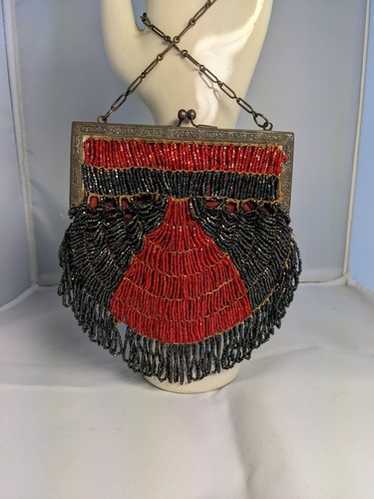

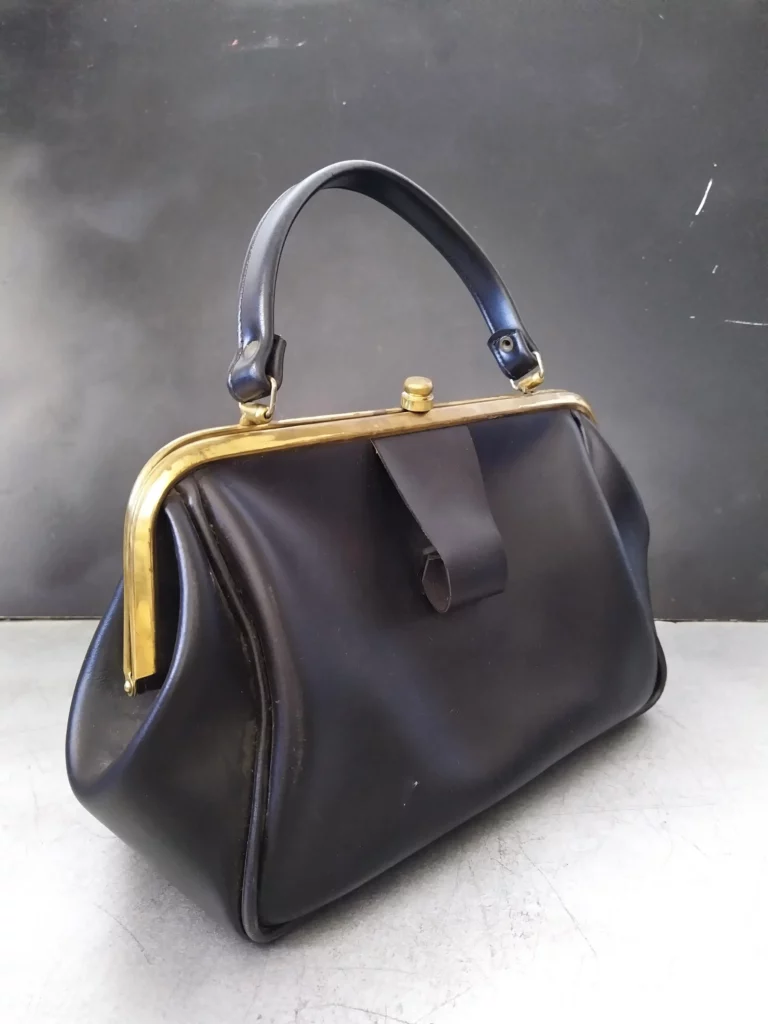
Choosing the perfect vintage handbag: Identifying key features that complement classic attire while enhancing personal style.
A vintage handbag is more than an accessory — it’s a statement of timeless elegance. Whether you’re dressing for a race meeting, a classic garden party, or simply love retro fashion, choosing the right vintage piece can elevate your entire look. Here’s how to select a handbag that complements classic attire while reflecting your own unique style.
1. Match the Era to Your Outfit
Every fashion era has its own charm.
1920’s–1930’s: Look for small beaded clutches or metal mesh purses with art deco patterns — perfect for flapper-inspired ensembles. Amazon online have a large variety of art deco inspired handbags for all tastes – learn more here. You may find other alternatives through Zapaka as well – look at these.
1940’s–1950’s: Choose structured box handbags or top-handle styles in leather or patent finishes to match tailored dresses and gloves. Several styles pop up there at Amazon, take a look at this selection.
1960’s–1970’s: Embrace bold colours, frame bags, or woven textures for a touch of mod flair or bohemian charm. Retro styles of this era are located online at Amazon.
Selecting a bag from the same era (or one that harmonises with it) ensures your look feels cohesive and authentic.
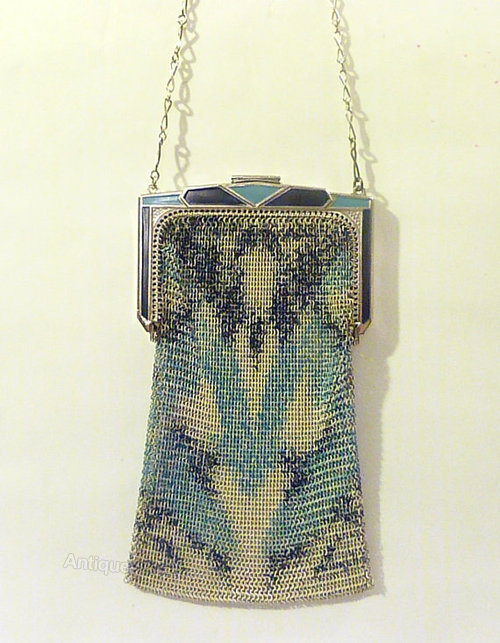
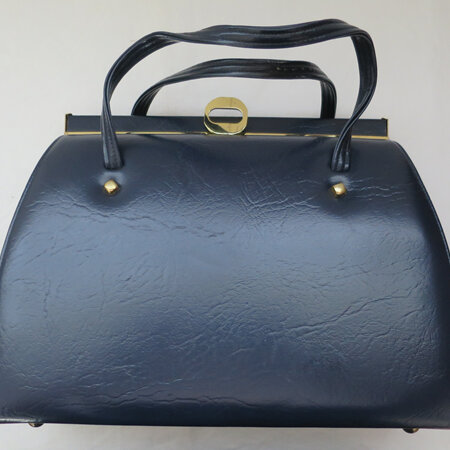

2. Focus on Craftsmanship and Materials
True vintage handbags were made with attention to detail.
Seek out quality materials like genuine leather, snake, or fine fabrics. Check stitching, clasps, and linings — these small details reveal the bag’s age and authenticity. A well-preserved handbag with subtle wear adds character without looking tired.
3. Choose a Shape That Flatters Your Silhouette
The shape of your handbag can balance your outfit:
- Structured bags suit tailored, fitted outfits and add sophistication. Shop here today for structured vintage inspired handbags.
- Soft, slouchy styles pair beautifully with romantic or flowy vintage dresses. Soft handbags can be located online today at Amazon.
- Compact clutches bring a refined, minimalist touch for formal events like race days or cocktail evening gatherings. Dazzling but cute styles of clutch bags are bought here – learn more now.
4. Let Colour Reflect Your Personality
Neutral tones such as cream, camel, or black offer timeless elegance and pair easily with most ensembles. However, don’t shy away from vintage hues — burgundy, emerald, or mustard can add a pop of individuality without overpowering your outfit.
5. Accessorise with Intention
A handbag should complement, not compete. Match metallic hardware to your jewellery and ensure the size fits the occasion — roomy enough for essentials, yet refined enough for a polished finish.
Final Tip:
A vintage handbag tells a story — it carries echoes of past eras while showcasing your personal taste. When chosen thoughtfully, it becomes more than just an accessory — it’s a piece of history that completes your signature style.
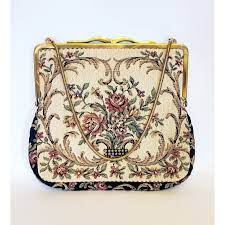
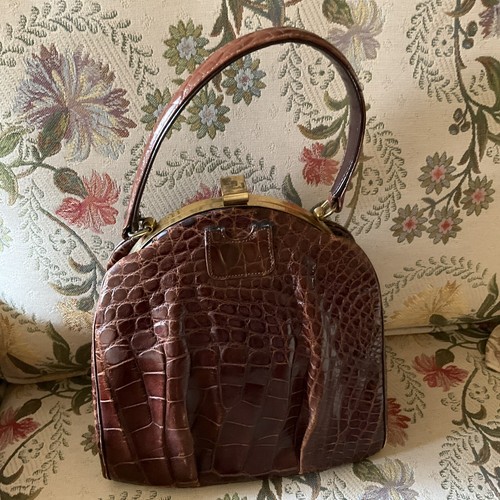
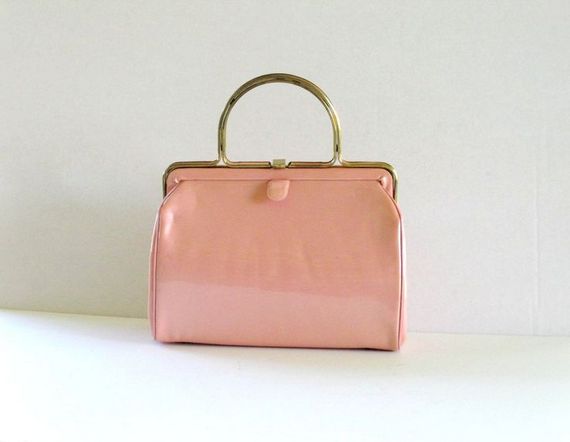
Styling with grace and poise: Tips for pairing vintage handbags with traditional race attire to make a stylish statement.
Race day has always been about more than the thrill of the track — it’s a celebration of elegance, tradition, and refined personal style. Among the hats, gloves, and tailored silhouettes, a well-chosen vintage handbag adds a touch of history and sophistication. Here’s how to style your look with grace and poise by pairing classic handbags with traditional race attire.
1. Let the Handbag Complement the Hat
The hat often takes centre stage at the races, so allow your handbag to echo its tone rather than compete.
- If your hat features bold colour or embellishment, choose a more understated bag in a neutral or coordinating shade. Have a look through these examples of neutral toned handbags.
- For simple headwear, a statement vintage bag — perhaps with beaded detail or a sculptural clasp — can provide the perfect touch of glamour. A few statement handbags to consider amongst these.
2. Keep Proportions in Balance
Elegance lies in proportion. A compact box bag or structured clutch is ideal for the refined lines of race attire, adding polish without overwhelming your outfit. Larger handbags can appear too casual; race day style is best served with neat, ladylike shapes that complement the silhouette of your dress or suit.
3. Honour the Era of Your Ensemble
If your outfit draws inspiration from a particular decade, align your handbag accordingly:
- 1920’s–30’s: Choose a delicate evening clutch or embroidered pouch.
- 1940’s–50’s: A structured top-handle leather bag pairs beautifully with tailored dresses and gloves.
- 1960’s: Opt for a sleek mod-style handbag in patent or textured fabric for a playful twist.
4. Coordinate Colours with Subtle Sophistication
Classic race day colours — ivory, navy, blush, or pastels — work beautifully with vintage handbags in muted tones or metallic finishes. If your outfit is neutral, a handbag in rich jewel tones like emerald, ruby, or sapphire can add vibrancy while maintaining poise.
5. Mind the Details
Polished metal clasps, delicate stitching, or embossed leather instantly elevate your look. Pair gold or silver hardware with matching jewellery for a cohesive finish. And remember — elegance often lies in restraint; a few well-chosen pieces say more than many. Keep it classy, less is more.
Final Thought:
When styled with intention, a vintage handbag does more than carry your essentials — it becomes a graceful extension of your personality. Blending timeless craftsmanship with modern confidence ensures your race day look stands out for all the right reasons — refined, poised, and effortlessly chic.
As an affiliate - I may receive a small commission when you click on a link to purchase an item.
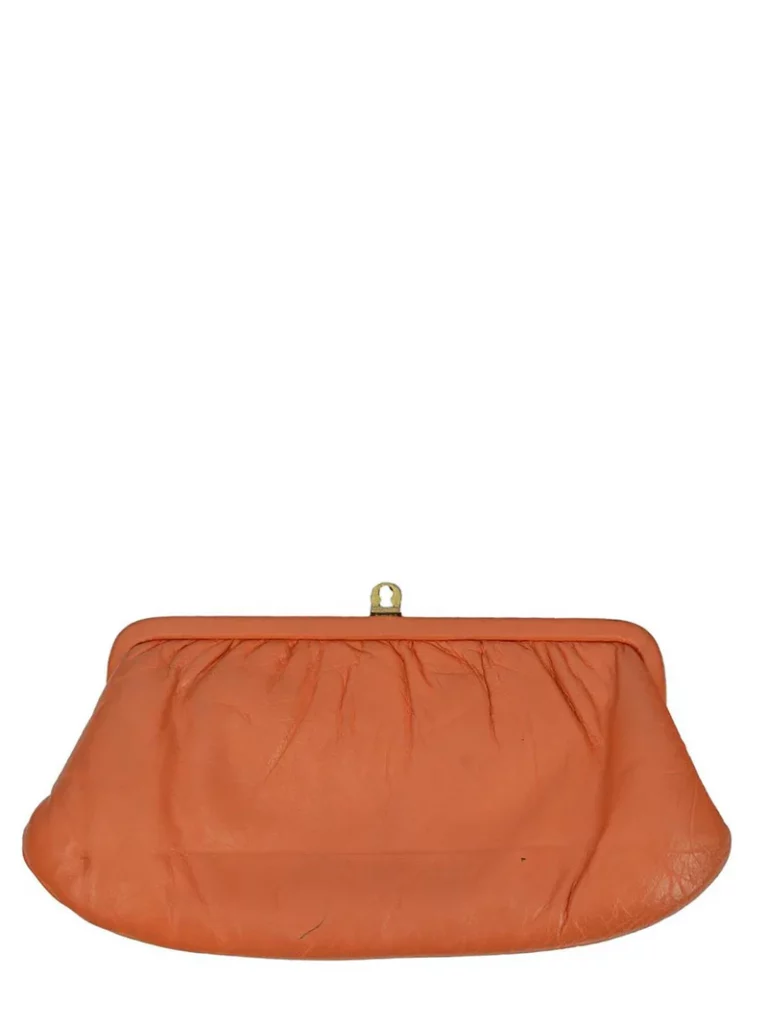
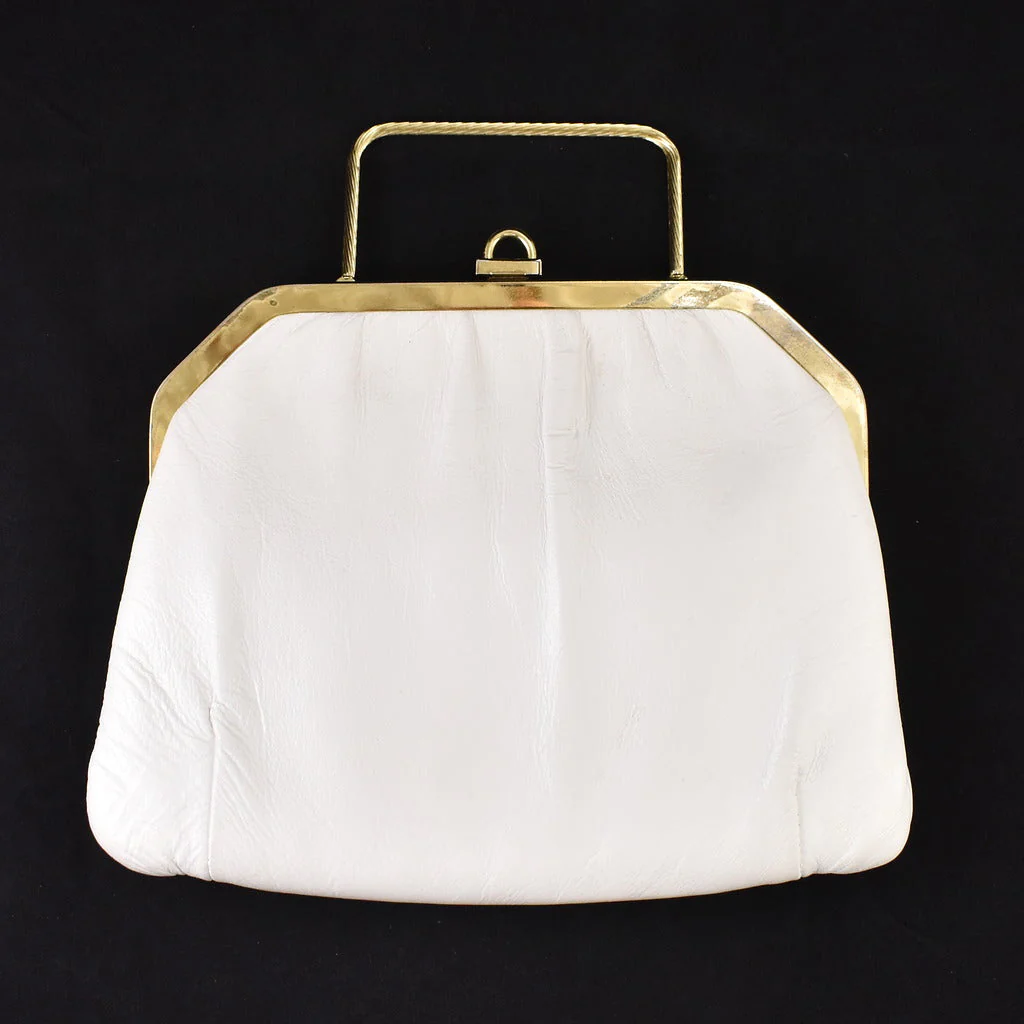
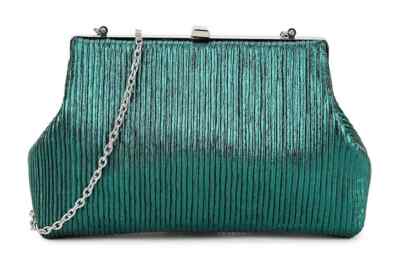
Stories from the past: Iconic vintage handbags and their impact on racecourse fashion culture.
From the refined social scenes of the early 1900’s to the modern-day fashion spectacles of the races, the handbag has long been a symbol of elegance, status, and self-expression. Beyond their practical purpose, certain handbags have transcended time — becoming icons that helped shape the way women dressed for the racecourse.
The 1920’s: The Beaded Evening Bag
As women embraced new freedoms during the Jazz Age, their style reflected confidence and modernity. Small beaded handbags and metal mesh purses became must-have accessories for fashionable racegoers. These delicate designs, often adorned with art deco motifs, added sparkle to silk gowns and feathered hats. They represented the spirit of the era — graceful yet daring, decorative yet independent.
The 1940’s–1950’s: The Structured Leather Handbag
Post-war fashion ushered in the age of sophistication. Leather handbags with firm frames and top handles — such as the styles popularised by Hermès and later Grace Kelly’s iconic “Kelly bag” — symbolised poise and practicality. On race day, these handbags perfectly complemented tailored suits, gloves, and pearls. They became synonymous with the well-dressed woman — polished, composed, and quietly powerful.
The 1960s: The Mod Statement Bag
The swinging sixties brought colour, pattern, and a playful edge to the racecourse. Designers like Mary Quant and Courrèges inspired bold geometric shapes and vibrant hues. Women carried compact box bags or chain-strap purses that added a fresh, youthful energy to traditional racewear. It was a time when fashion broke rules — and the handbag became a vibrant expression of individuality.
The 1970’s–1980’s: The Return of Texture and Personality
As fashion embraced eclecticism, racegoers began mixing vintage finds with modern styles. Woven straw bags, suede satchels, and embossed leather pieces reflected a growing appreciation for craftsmanship and personal flair. The handbag was no longer just an accessory — it was a story in itself, a conversation starter that hinted at a woman’s taste and history.
Today: Vintage Revival and Race Day Elegance
In the modern era, vintage handbags have made a triumphant return to the track. Fashion enthusiasts seek out timeless classics — from delicate 1920’s clutches to 1950’s box bags — to pair with contemporary millinery and couture. Carrying a vintage handbag at the races today is both a nod to heritage and a statement of sustainable style, blending nostalgia with new-world elegance.
Final Reflection:
Each vintage handbag carries whispers of the past — the elegance of a bygone lady, the excitement of the crowd, the rustle of silk on a spring afternoon. At the racecourse, these pieces remind us that true style endures — graceful, expressive, and forever in motion.

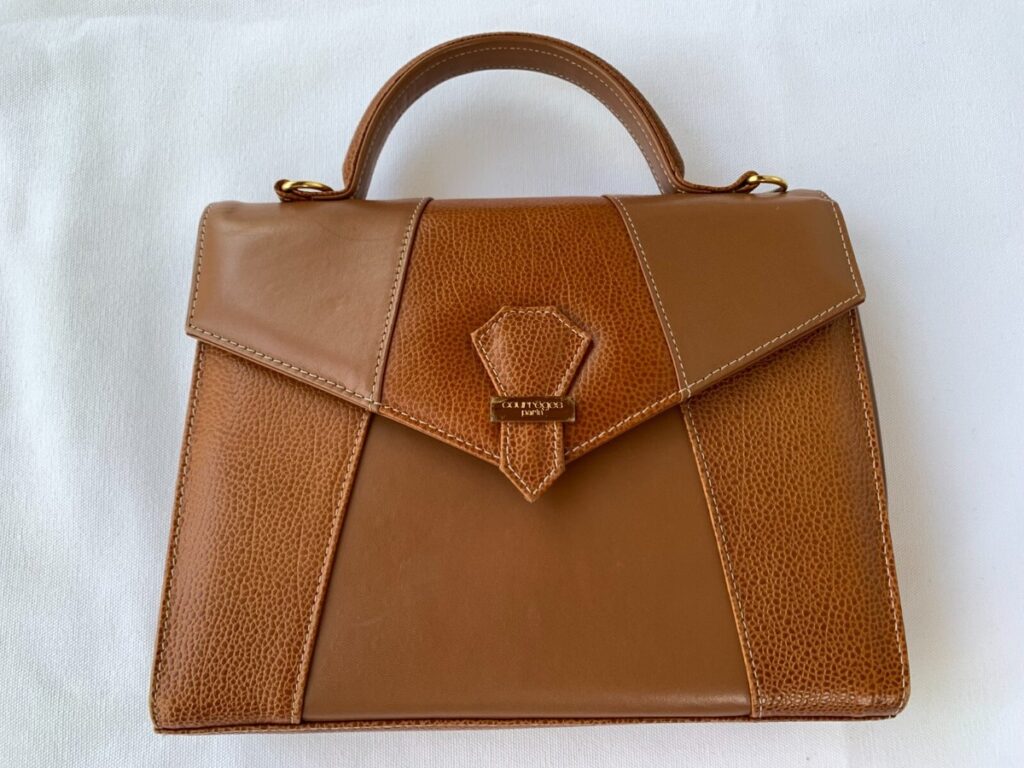
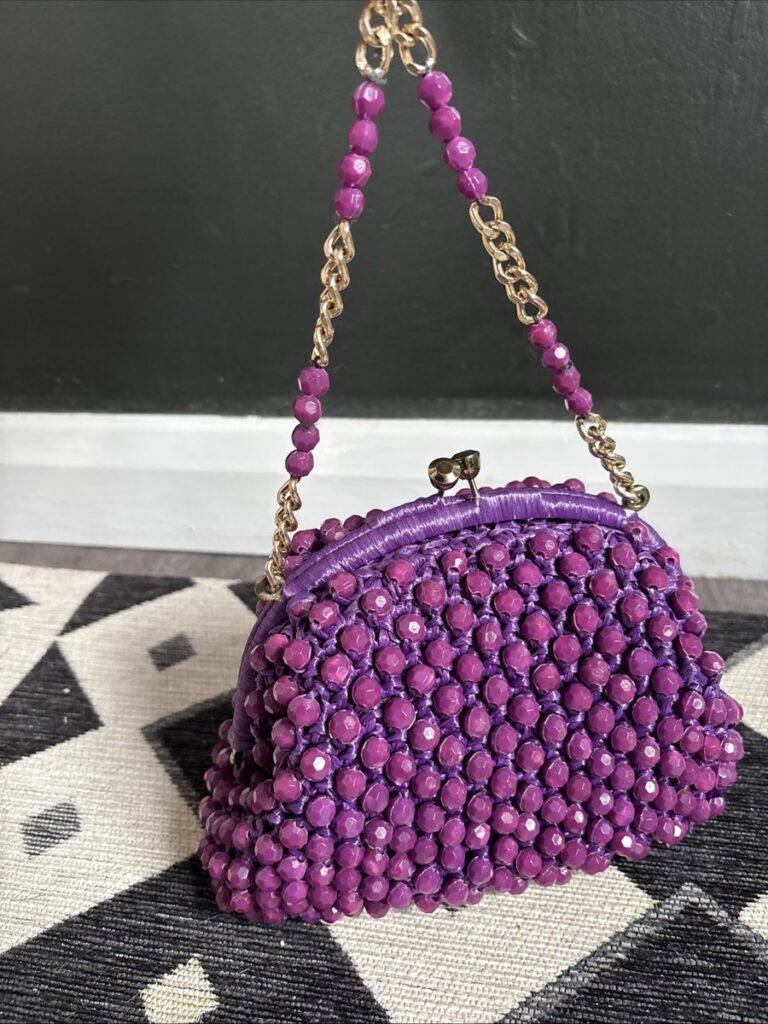
Modern trends in vintage handbag selections: How today’s racegoers are bringing back vintage styles for a contemporary twist.
The racecourse has always been a stage for elegance, tradition, and individual flair — and in recent years, a beautiful fashion revival has emerged. Today’s racegoers are embracing vintage handbags not only for their nostalgic charm but for the way they blend timeless design with modern sophistication. These cherished accessories are being reimagined, proving that true style never goes out of fashion.
1. The Rise of Vintage Revival
With sustainability and individuality at the forefront of modern fashion, more racegoers are turning to vintage handbags as conscious, character-filled alternatives to fast fashion. From heirloom clutches passed down through generations to lovingly restored leather handbags, these pieces add authenticity and storytelling to every outfit — something mass-produced accessories simply can’t replicate.
2. Mixing Eras for a Modern Edge
Contemporary racewear often borrows inspiration from multiple eras — and so do the handbags.
- A 1950’s box bag paired with a sleek modern dress creates a polished yet fresh silhouette.
- A 1960’s chain-strap purse brings retro flair to minimalist tailoring.
- A 1970’s woven or suede clutch softens structured racewear with texture and warmth.
This mix of past and present keeps race day style dynamic while honouring vintage craftsmanship.
3. Bold Colours and Statement Textures
While traditional race accessories leaned toward muted tones, today’s vintage revival celebrates colour and texture. Racegoers are choosing handbags in jewel tones, patent finishes, or embossed leathers that catch the light and add a touch of individuality. Pairing a vivid vintage bag with neutral attire creates balance — and ensures the accessory remains the hero piece.
4. The Return of Miniature Bags
Compact and refined, small vintage handbags are having a major moment. Perfect for carrying essentials like lipstick, phone, and betting slip, these dainty accessories complement elegant millinery and tailored outfits without distraction. Their timeless silhouettes — from clasp-top clutches to delicate chain purses — embody the sophistication that race day style is known for.
5. Styling Vintage for Today’s Woman
Modern racegoers are proving that vintage doesn’t mean outdated. They’re pairing old-world glamour with today’s styling cues: neutral palettes, sleek hairstyles, and minimalist jewellery. The result? A balanced look that’s both respectful of tradition and refreshingly current — effortless grace with a modern spirit.
Final Thought:
In an era where fashion often looks to the future, vintage handbags remind us of the beauty of the past. On race day, these timeless pieces bridge generations, combining nostalgia with innovation — a perfect reflection of how elegance continues to evolve
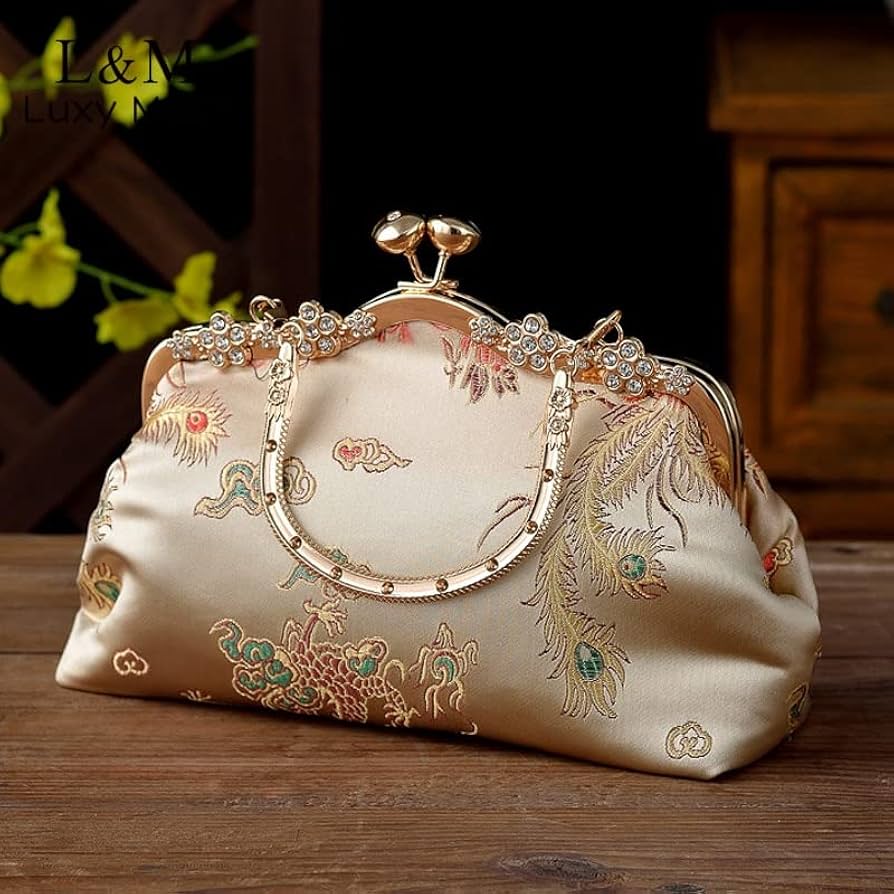
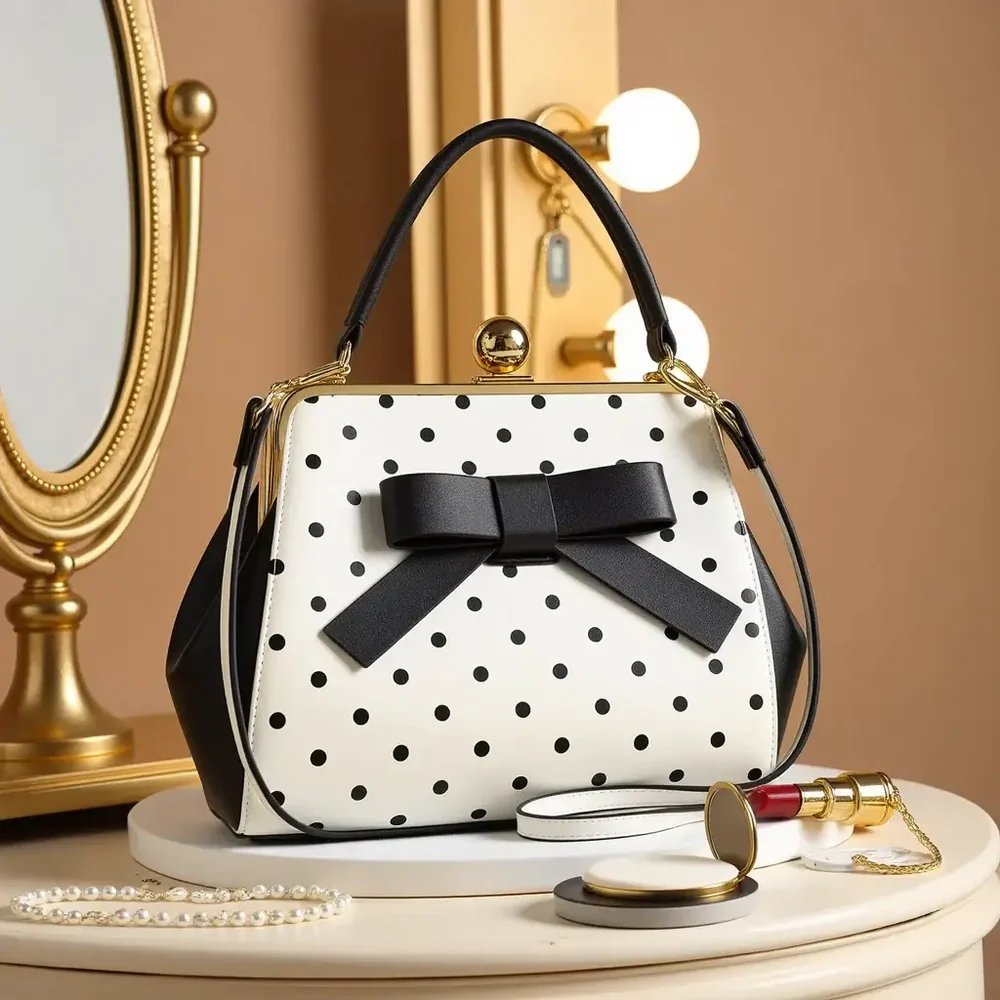

Spotting authentic vintage pieces: Guide to distinguishing genuine vintage handbags from replicas at thrift stores and auctions.
There’s a certain thrill in discovering a vintage handbag — a glimpse into a bygone era, a whisper of craftsmanship and history. But in a world filled with reproductions and “vintage-inspired” designs, how can you tell if a handbag is truly authentic? Whether you’re browsing a weekend market, a boutique thrift store, or a collector’s auction, these expert tips will help you identify genuine vintage treasures with confidence.
1. Study the Craftsmanship
True vintage handbags were made with impeccable attention to detail. Look closely at the stitching — it should be even, neat, and finely done. Loose threads or uneven seams often signal a replica. Authentic vintage pieces were typically handcrafted, so you might notice minor irregularities that reveal the artisan’s touch rather than mass production.
2. Examine the Materials
Vintage handbags were built to last. Genuine leather, suede, crocodile, or silk will feel soft yet sturdy, often with a distinct aged aroma that synthetics can’t replicate. If the material feels overly glossy, plastic-like, or unusually light, it may be a reproduction.
Check the lining too — older bags often feature high-quality fabrics such as silk or cotton blends rather than modern polyester.
3. Inspect Hardware and Closures
The clasps, buckles, and frames of authentic vintage handbags were made of durable metals and designed to withstand time. Look for engraved brand markings or maker’s stamps, and test the clasp — it should open and close smoothly. Flimsy hardware or shiny, lightweight metal is a red flag for modern replicas.
4. Look for Brand Labels and Hallmarks
If you’re hunting for designer vintage (such as Hermès, Gucci, or Dior), always check for the brand’s signature details — embossed logos, serial numbers, or specific lining patterns.
However, remember that many genuine vintage bags are unbranded, especially pre-1950’s. In those cases, rely on quality indicators like stitching, structure, and materials rather than labels alone.
5. Observe the Wear and Patina
Authentic vintage handbags age gracefully. Leather may darken slightly, metal may develop a soft patina, and fabric may show gentle signs of use. These natural imperfections add character and authenticity. By contrast, replica bags often look “too perfect,” lacking the subtle charm of genuine age.
6. Research Provenance and Seller Credibility
At auctions or high-end vintage shops, don’t hesitate to ask questions about provenance — where the handbag came from, its estimated age, or whether it includes authentication paperwork. Reputable sellers are transparent and knowledgeable. Online, review ratings and buyer feedback before making a purchase.
Final Tip:
Authentic vintage handbags tell stories — through craftsmanship, materials, and time-worn beauty. When you learn to recognise these hallmarks, you’re not just buying a handbag; you’re preserving a piece of fashion history.
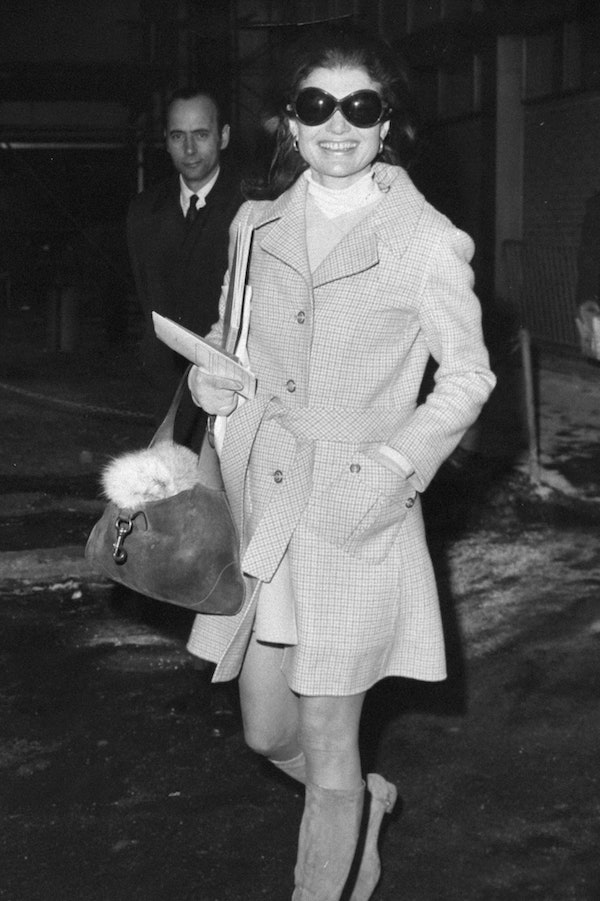

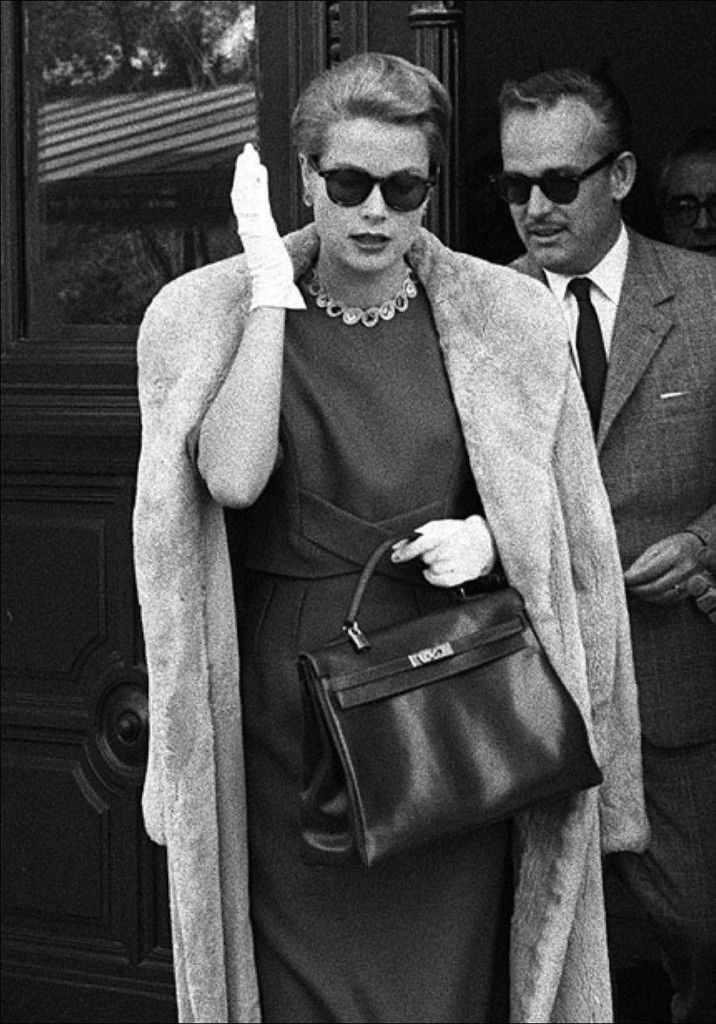
Celebrity inspirations: Influences from famous personalities on handbag trends over the decades at the races.
From the glamour of old Hollywood to the polished sophistication of modern-day icons, celebrities have long shaped how we dress for the races. Among their most enduring influences is the way they’ve carried — quite literally — the handbag as a symbol of refinement, confidence, and individuality. Over the decades, certain famous figures have turned handbags into race-day style statements that continue to inspire fashion lovers today.
The 1930’s–1940’s: Grace, Glamour, and Poise
In the golden age of cinema, silver-screen stars like Vivien Leigh and Greta Garbo brought an air of sophistication to racecourse fashion. They favoured structured handbags — often compact, with fine leather finishes — paired with tailored suits and gloves. Their polished elegance helped define the handbag as a marker of femininity and class at the races, inspiring women to accessorise with restraint and grace.
The 1950’s: The Grace Kelly Effect
Few figures influenced handbag fashion more than Grace Kelly, who embodied timeless style both on and off the track. Her preference for the Hermès Kelly bag transformed it into a global symbol of luxury and discretion. At the races, women began to emulate her polished ensembles — fitted dresses, pristine gloves, and small top-handle bags that balanced practicality with poise.
The 1960’s–1970’s: Modern Muses and Mod Chic
The swinging sixties brought a playful spirit to the races. Icons like Audrey Hepburn, Twiggy, and Jean Shrimpton carried sleek, structured handbags or clutch purses that complemented their minimalist lines and bold accessories. Hepburn’s love for simplicity inspired the use of small, elegant bags, while Shrimpton’s daring race-day appearance at the 1965 Melbourne Cup — in a short shift dress and no hat — redefined modern femininity, encouraging handbags to become part of a more youthful, liberated look.
The 1980’s–1990’s: Power, Personality, and Prestige
As racing fashion evolved, celebrities like Princess Diana elevated race-day attire to new heights of sophistication. Her preference for boxy handbags with clean lines and subtle detailing — such as the now-iconic Lady Dior — inspired a generation to embrace elegance with a modern twist. By the 1990’s, the handbag had become more than an accessory; it was a reflection of a woman’s confidence and individuality.
2000’s–Today: Red Carpet Meets Racecourse
Modern celebrities continue to influence race-day trends with their mix of vintage charm and contemporary styling. Figures like Kate Middleton, Victoria Beckham, and Nicole Kidman have reintroduced the structured clutch and petite top-handle bag as race-day staples. Meanwhile, style influencers and fashion-forward racegoers now celebrate vintage designer pieces, blending old-world glamour with today’s minimalist aesthetics — a fitting homage to decades of iconic inspiration.
Final Reflection:
From Grace Kelly’s polished elegance to Kate Middleton’s modern refinement, handbags at the races have always mirrored the mood of their time — timeless, expressive, and elegant. As racegoers continue to draw inspiration from past icons, one thing remains unchanged: a beautiful handbag still completes the picture of charm and confidence that defines race-day style.

I trust you enjoyed this fabulous subject on vintage ladies fashion handbags and it has helped you with planning your race-day ensemble.
Any comments, please leave them below or follow us on our socials here:
https://www.facebook.com/vintageclothesandaccessoriesaustralia
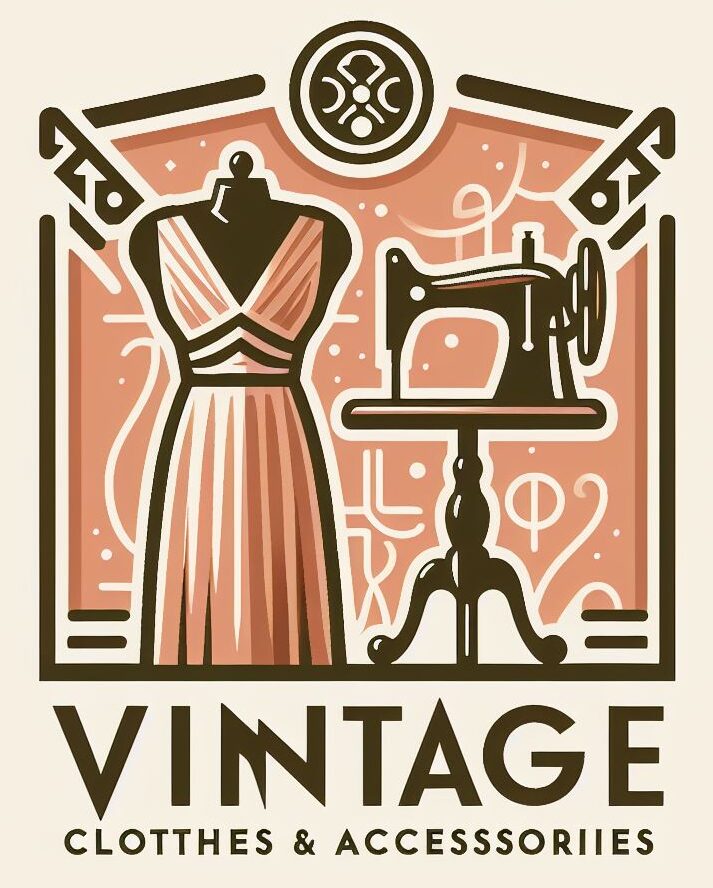
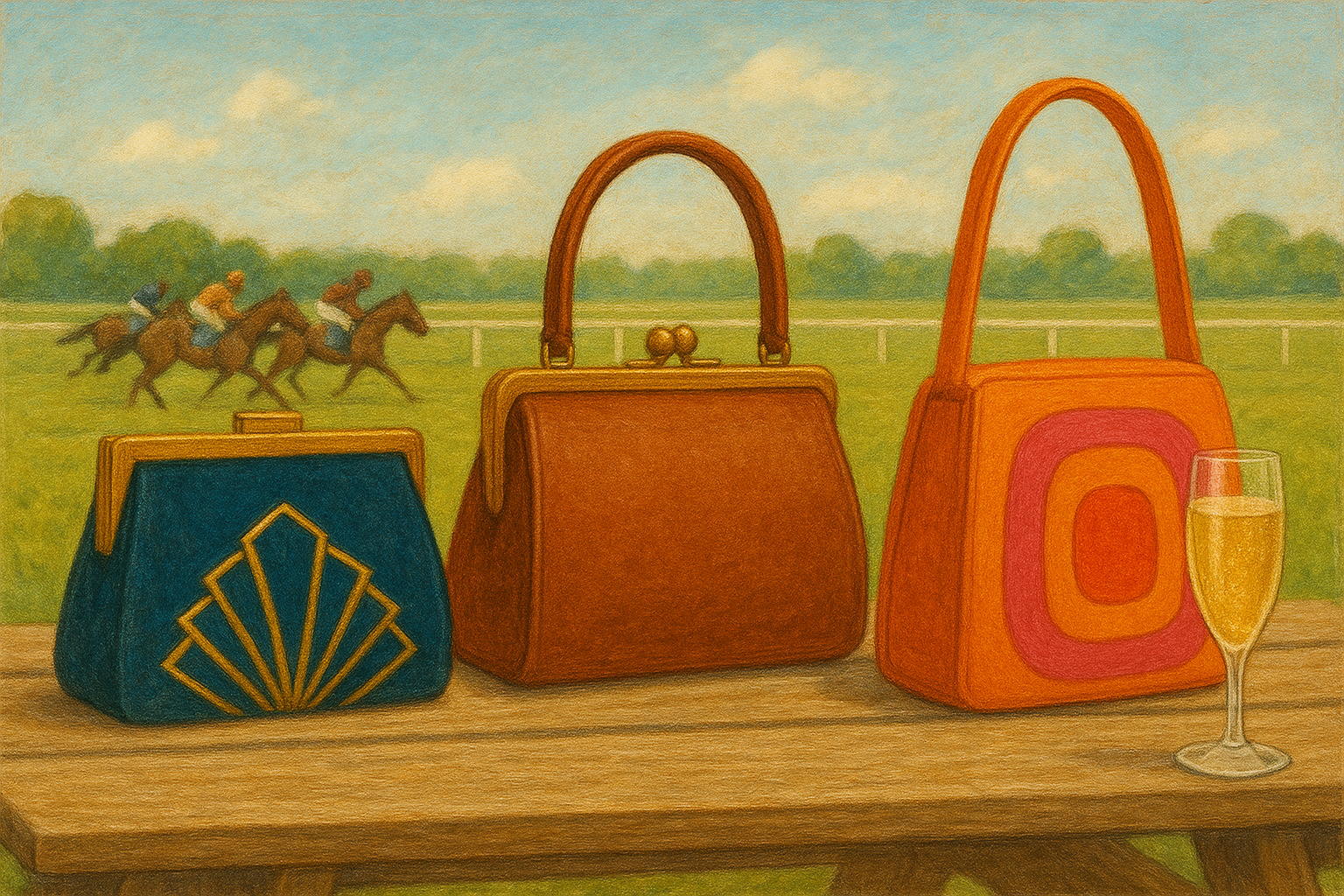
A race day handbag should be elegant but practical. I look for a compact size that still fits a phone, keys, wallet, and a small makeup kit. A cross-body or short shoulder strap keeps hands free for tickets and a drink. Secure closures matter, because race days are crowded and busy. Lightweight materials and a subtle, neutral colour work with most outfits. Inside pockets help separate essentials, so you are not fumbling at the gate. Weather can change fast, so I like a bag that can handle a light shower. The best choice feels polished yet effortless; So you enjoy the day without thinking about your bag!
Marios
Hi Mario, thanks for your comments. Yes I agree with you, however this post is geared for vintage styles in particular so the cross body bag isn’t part of that history – I am referring to more stylish and elegant styles from the bygone era, rather than practical accessories you may find in today’s wardrobes.
Regards Helen.